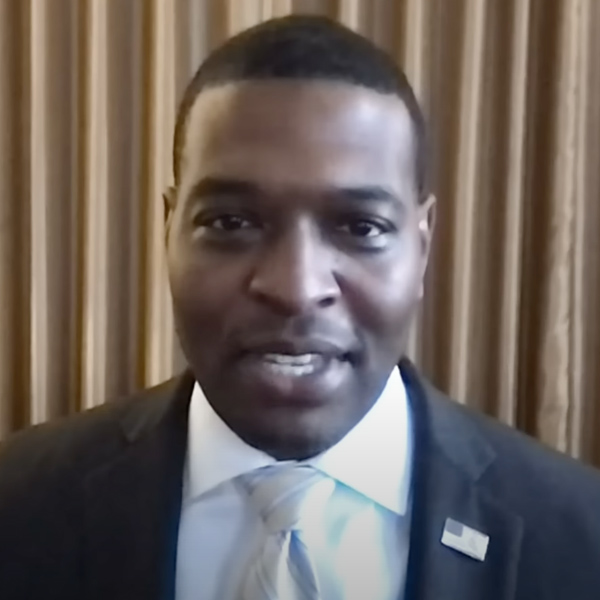Peak Demand Hits Record 77.7 GW as Summer Heat Returns
The heat is back on in Texas after a brief respite, with ERCOT again setting records as peak demand reached the extreme estimates of the ISO’s resource assessments issued this spring.
The Texas grid operator set a new high for peak demand Tuesday when load averaged 77.5 GW during the hour-long interval ending at 5 p.m. CT. Load was as high as 77.7 GW at one point, breaking the previous record of 76.6 GW set just last month.
The record is not expected to last long. ERCOT is projecting load to exceed 76 GW each day into next week, topping out above 80 GW on Monday. That would smash staff’s spring prediction that summer load would peak at 77.3 GW in August.
When staff issued its final seasonal assessment of resource adequacy in May, they assumed an extreme scenario of demand hitting 81 GW and thermal outages exceeding 4 GW, leaving about 6 GW of reserves. About 7.1 GW of thermal resources were offline Tuesday morning.
ERCOT Meteorologist Chris Coleman on Wednesday said this week could potentially be the hottest for the system this summer. Temperatures will gradually build all week, with highs between 103 degrees Fahrenheit and 109 degrees common over most of the state, he said.
The ISO on Tuesday issued the summer season’s fifth operating condition notice (OCN), its lowest-level market communication in anticipation of possible emergency conditions, because forecasts indicate temperatures will be above 103 degrees in the North Central and South Central weather zones. The OCN is effective Thursday through Tuesday.
ERCOT set four marks for peak demand in June, the last coming on June 23 at 76.6 GW. The previous record had been 74.8 GW, set in August 2019.
PUC OKs DER Pilot Project
Texas Commissioner Will McAdams last week unveiled a three-step proposal for a distribution-level pilot project on distributed energy resources. The process begins with a July 11 workshop at the Public Utility Commission to establish goals and scope. The workshop has yet to appear on the PUC’s calendar.
McAdams said during a June 30 open meeting that he has drawn up a list of 32 entities that might participate in the voluntary pilot project. He is also accepting requests from other entities, including those in ERCOT’s non-opt-in regions.
Noting that nearly 3 GW of distributed generation is already in the ERCOT footprint, McAdams recommended creating a task force to discuss and observe the pilot’s implementation and to discuss obstacles the PUC may have to put aside. He is also urging that a target implementation date, based on stakeholder feedback, be set.
PUC Chair Peter Lake said, “Nothing teaches like experience, so the sooner you get something in the field, the more you learn faster.”
McAdams and fellow commissioner Jimmy Glotfelty are also pushing a parallel proceeding to more efficiently interconnect DERs at the distribution level (51603).
Tesla has been pushing the pilot project as a means of “harnessing” the full potential of DERs as load-modifying and exporting devices dispatchable under ERCOT’s command and control. It recently conducted a virtual power plant demonstration in North Texas in which it aggregated about 60 customers into a single load zone. The company collaborated with ISO staff to set parameters specific to the grid operator’s operations and dispatch rules.
“This is not about one company,” Glotfelty said. “We want this to be broad and diverse.”
ENGIE, Viridity Appeal vs. ERCOT Proceeds
The PUC last week approved an appeal by ENGIE and Viridity Energy Solutions of ERCOT’s alternate dispute resolution determination regarding ancillary services’ settlements during the February 2021 winter storm. The commission directed ENGIE and Viridity to supplement their complaint with additional information during its June 30 open meeting (53377.)
Viridity alleges that it was not compensated for providing responsive reserve service (RRS) during the storm and is owed between $64.7 million and $140.55 million. ENGIE claims it was improperly charged about $47.7 million for failing to provide RRS as required.
Both parties filed their arguments in writing, but the PUC rejected the request for an oral hearing. As is standard practice, the commission declined to give a reason for the denial. It has yet to file an order with details on future actions.
An administrative law judge in May rejected ERCOT’s assertions that the appeal was administratively incomplete.
Steam Unit Goes Seasonal
ERCOT has received notifications from two generation resources that they will soon be suspending operations.
Greenville Electric Utility System told the ISO on July 1 that one of its steam units, GEUS 1, is ending year-round operations to become a seasonal unit, with its operations period running from June 1 until Sept. 30
The unit has a summer seasonal net max sustainable rating of 17.5 MW. It went into operation in 2010.
Last month, OCI Solar Power told the grid operator a 1 MW storage system will be decommissioned and retired permanently as of Nov. 17. The battery is part of OCI’s Alamo solar facility for San Antonio’s CPS Energy.
It is part of OCI’s Alamo Project that provides CPS Energy with 573 MW of solar power. It was the largest solar-PV project in the U.S. when it was developed. Alamo 1 began commercial operations in 2013.
